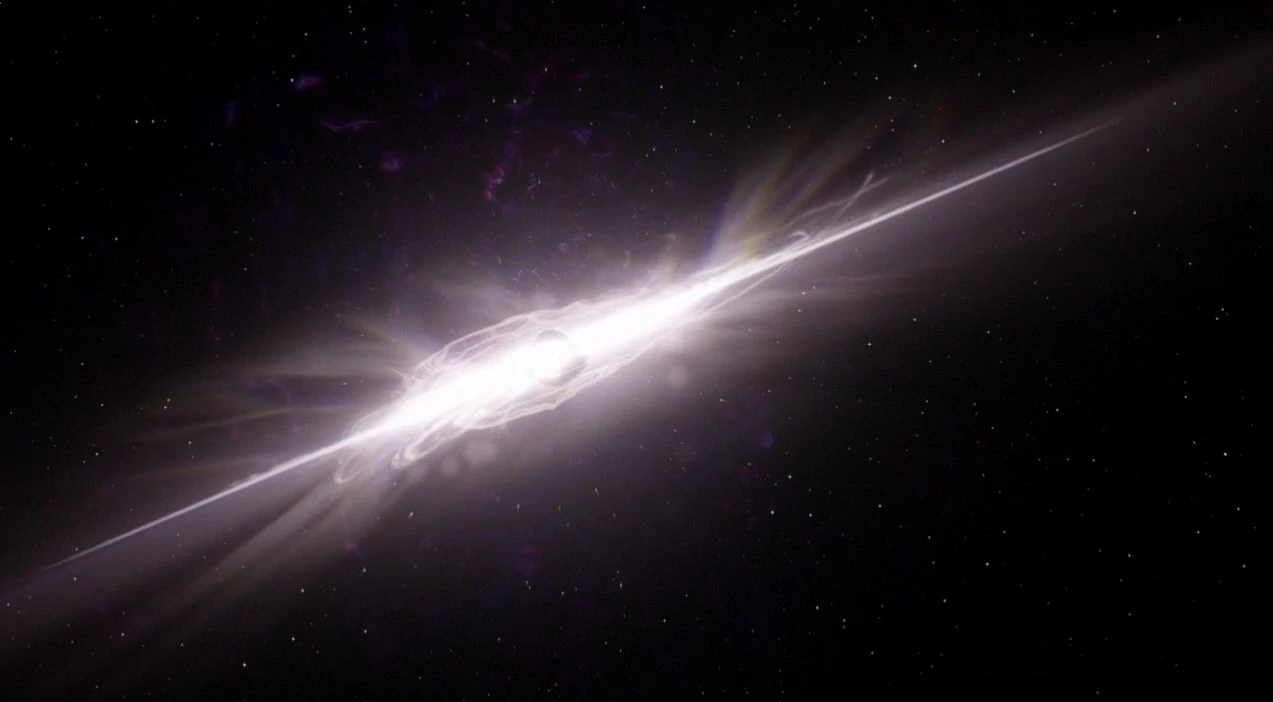|
Getting your Trinity Audio player ready...
|
A group of researchers recently found 11 anomalies that had previously been unnoticed, and seven of those anomalies have the potential to become supernovae in the future. Finding anomalies throughout the enormous universe is not uncommon at all. The ‘nearest neighbour’ method was utilized by the scientists in order to identify the irregularities, as stated in the new research that was submitted to the journal ‘New Astronomy’ for publication. It required the utilization of artificial intelligence, which analyzed a number of digital photos of the Northern sky that were collected around the year 2018.
According to Phys.org, the group of researchers included Matvey Kornilov, who is an Associate Professor in the Faculty of Physics at HSE University. The researchers claimed in their article that they were able to correctly spot the anomalies thanks to the increase in data that has been collected over the course of the past few years.
“We characterized the qualities of our simulations by making use of a set of characteristics that are anticipated to be observed in actual celestial entities. We were searching for extremely powerful supernovae, Type Ia supernovae, Type II supernovae, and tidal disruption events among the approximately one million objects that were included in the dataset “According to Konstantin Malanchev, a postdoctoral researcher at the University of Illinois and a co-author of the paper.
“Anomalies are a term that’s used to describe groups of objects like these. Either they are extremely rare and have traits that are not well recognized, or they look to be interesting enough to warrant additional research “In the official announcement, he made the following addition.
Keeping track of data on all nearby objects from earth was a part of the strategy that the team put into action, and it involved keeping an eye on light curves in order to locate any anomalies that may have been there.
Maria Pruzhinskaya, a research fellow at the Sternberg Astronomical Institute and a co-author of the article, was quoted in the official release as saying, “This is a very good outcome.”
“In addition to the unusual objects that have already been found, we were also successful in finding several new ones that astronomers had overlooked in the past. This indicates that the search algorithms now in use can be modified to become more effective at locating such objects.”


